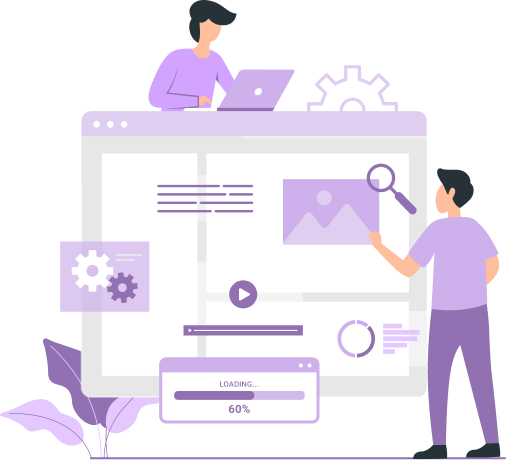The Power of Press
Release Distribution
A well-written press release is one of the best ways to communicate business news – targeted media distribution and syndication gets it in front of the right audience. This process unlocks a host of other benefits.
PR Fire has the expertise and resources needed to provide first-rate press release syndication and media distribution services – so you can capitalize on these benefits.
- Boost your brand awareness
- Establish your business as an industry authority
- Drive traffic to your website
- Strengthen your search engine optimization (SEO)
- Generate qualified leads
- Build a relationship with industry journalists





















